In the ever-evolving landscape of the legal profession, the integration of Artificial Intelligence (AI) is reshaping the way legal services are delivered. Virtual Legal Assistants, powered by AI, have become valuable assets for law firms and legal professionals, revolutionizing tasks ranging from legal research to document management.
In this comprehensive guide, we will delve into the role of AI in legal services, explore how lawyers can harness AI’s capabilities, and understand the benefits and challenges of implementing AI in the legal sector.
What is AI in Legal Services
AI in legal services represents the incorporation of artificial intelligence technologies into the practice of law. Virtual Legal Assistants, an integral part of this transformation, utilize natural language processing, machine learning, and automation to streamline various legal processes and improve overall efficiency.
AI-powered tools can perform tasks that traditionally required substantial human involvement, reducing the burden on legal professionals and enhancing their ability to serve clients.
Ways Lawyers Can Implement AI in Law Firms
Lawyers can leverage AI in diverse ways to enhance the operations of their law firms. Here are seven examples:
1. Legal Research: AI-powered platforms can sift through vast legal databases, statutes, and case law to provide attorneys with quick and accurate research results.
2. E-Discovery: AI streamlines the process of e-discovery by identifying and categorizing relevant documents and data for litigation, saving considerable time and costs.
3. Document Management and Automation: AI assists in the organization and management of legal documents, automating routine tasks such as contract review and drafting.
4. Due Diligence: AI can swiftly analyze and extract pertinent information from contracts, financial records, and other documents during due diligence processes in mergers and acquisitions.
5. Litigation Analysis: AI can predict case outcomes by analyzing historical case data, aiding lawyers in developing effective litigation strategies.
6. Contract Review: Virtual Legal Assistants can review contracts for potential risks, discrepancies, and non-compliance with legal standards.
7. Compliance Monitoring: AI can monitor regulatory changes and ensure that a firm’s practices remain compliant with evolving legal standards.
Ways Lawyers Can Implement AI in Law Firms
The integration of AI in law firms offers a dual advantage, benefiting both the firm and its clients.
1. Enhanced Efficiency: AI streamlines and automates time-consuming tasks, allowing lawyers to focus on higher-value activities, such as providing legal counsel. This efficiency reduces the time and cost associated with various legal processes.
2. Improved Accuracy: AI-driven legal research and analysis produce highly accurate results, minimizing the risk of human errors that can have significant legal consequences.
3. Cost Savings: By reducing the time required for tasks like e-discovery and document review, firms can offer more competitive pricing to clients and improve cost predictability.
4. Client Satisfaction: The use of AI can lead to quicker response times, improved communication, and a higher quality of service, all of which contribute to enhanced client satisfaction.
5. Strategic Decision-Making: The predictive capabilities of AI can help lawyers make data-driven decisions, which is particularly beneficial in litigation and contract negotiations.
Benefits of Using AI in Legal Services
The adoption of AI in the legal sector comes with several tangible benefits:
1. Time Savings: AI accelerates labor-intensive processes, freeing lawyers to focus on core legal tasks.
2. Cost Efficiency: AI-driven automation can significantly reduce operational costs, making legal services more accessible to clients.
3. Enhanced Accuracy: AI tools offer unparalleled precision, minimizing the chances of costly errors.
4. Scalability: Virtual Legal Assistants can easily scale to meet growing workloads, providing flexibility for firms of all sizes.
5. Client-Centric Service: The use of AI allows firms to provide clients with quicker response times and improved accessibility.
Illustrative Instances of AI in the Legal Domain
One exemplary instance of AI in the legal sector is the platform “ROSS,” which utilizes natural language understanding to perform advanced legal research. ROSS can answer legal questions, provide citations, and offer insights into case law, statutes, and regulations.
This virtual legal assistant has been a game-changer in terms of expediting legal research, enabling lawyers to access critical information swiftly and efficiently.
Challenges of Using AI in Law
While the potential of AI in the legal profession is undeniable, it is not without its challenges:
1. Initial Costs: Implementing AI solutions can require a substantial upfront investment in technology and training.
2. Data Security: Protecting sensitive client data in AI systems is a paramount concern, requiring robust security measures.
3. Ethical Considerations: The use of AI raises ethical questions, such as the responsibility and accountability for decisions made by AI systems.
4. Resistance to Change: Lawyers may be resistant to change, particularly in adopting AI, due to concerns about job displacement or perceived loss of control.
5. Quality Assurance: AI systems require ongoing monitoring and quality assurance to ensure that they continue to provide accurate and relevant information.
Chat360: Enhancing Legal Services with AI-Powered Chatbots
In the legal profession, maintaining efficient and effective client communication is vital. Chatbots, powered by AI, can play a significant role in enhancing client interactions and providing immediate assistance. Among the leading AI-powered chatbot providers, Chat360 stands out as a tool that can revolutionize client engagement and streamline client support.
How Chat360 Can Help in Legal Services
1. 24/7 Accessibility: Chat360 ensures round-the-clock accessibility for clients, enabling them to seek assistance or information at any time.
2. Immediate Responses: Chat360 provides swift and accurate responses to client queries, enhancing client satisfaction and reducing response times.
3. Appointment Scheduling: Clients can use Chat360 to schedule appointments, consultations, or meetings with lawyers, making the process more efficient and convenient.
4. Information Retrieval: Chat360 can retrieve legal information, such as basic legal concepts or information about legal procedures, offering clients quick access to knowledge.
5. Document Retrieval: Chat360 can retrieve specific documents, such as contracts or legal filings, simplifying the process for clients.
AI, in the form of Virtual Legal Assistants and AI-powered chatbots like Chat360, is reshaping the legal profession. The benefits of AI in law, such as improved efficiency, accuracy, and client satisfaction, are undeniable.
While challenges persist, the legal sector’s future is undoubtedly intertwined with AI’s transformative potential. Embracing this technology is a strategic move for law firms and legal professionals seeking to remain competitive and deliver superior legal services.
Sign up for free trial today!



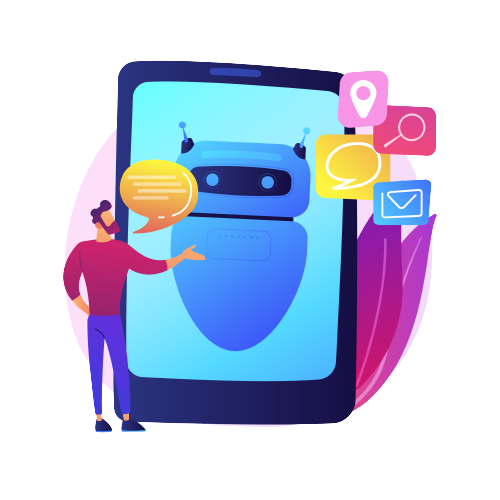



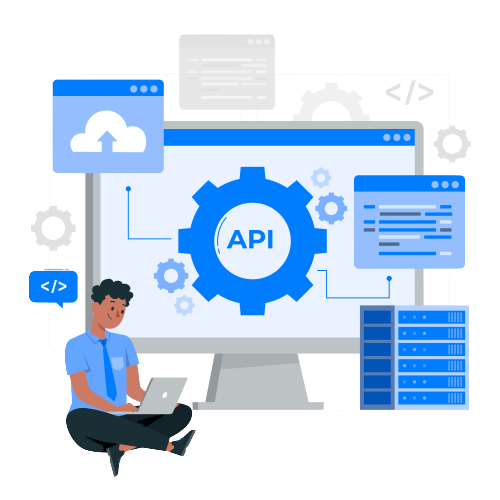
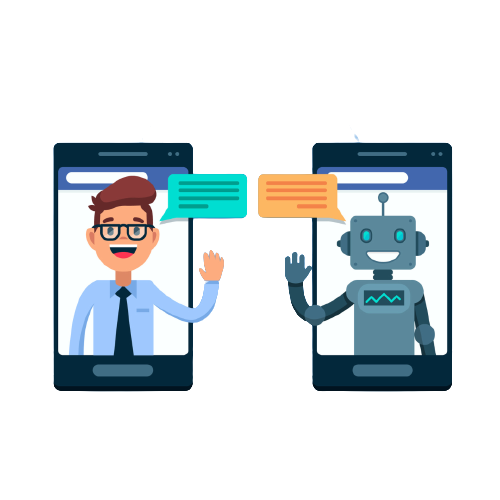

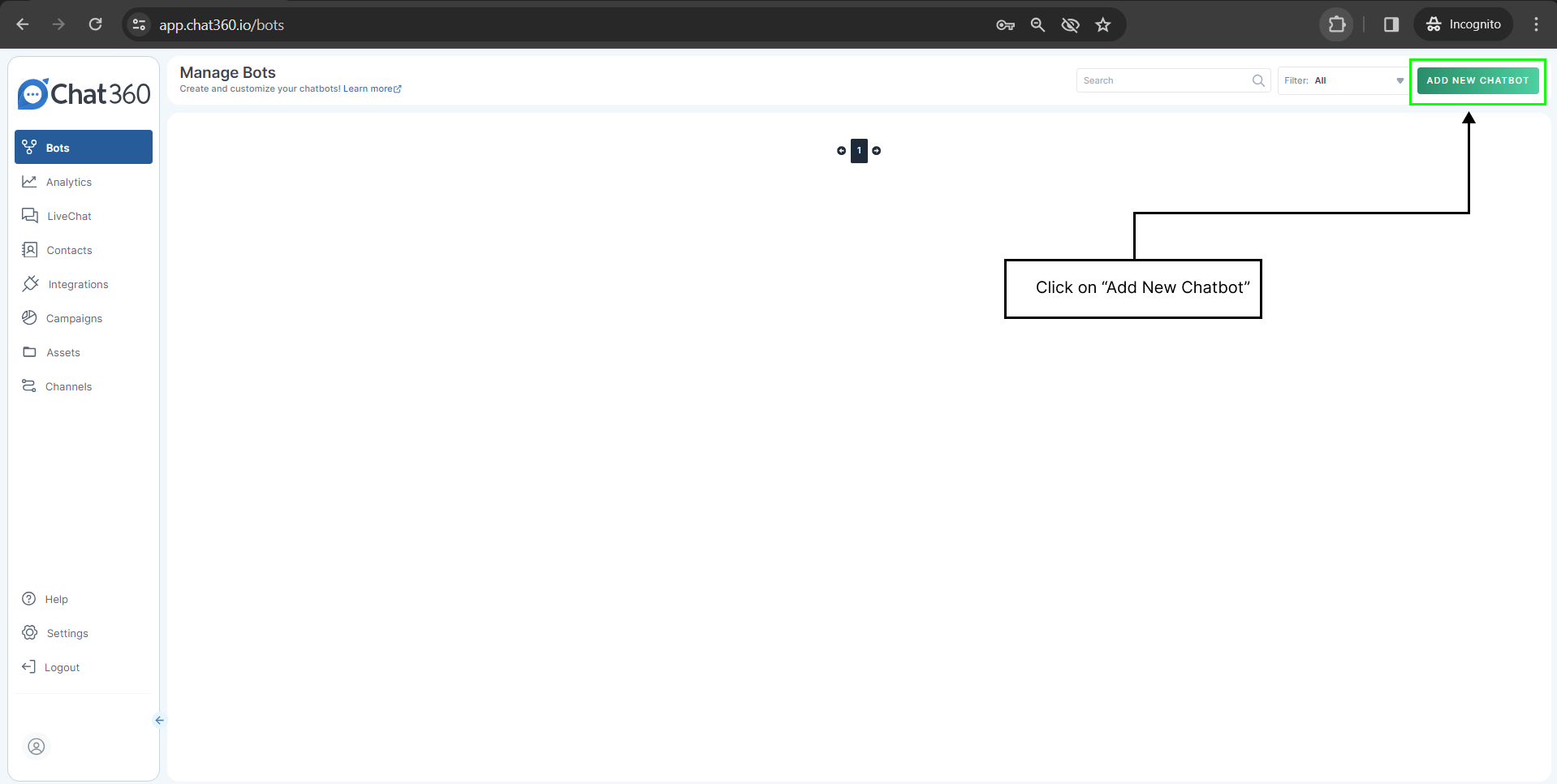
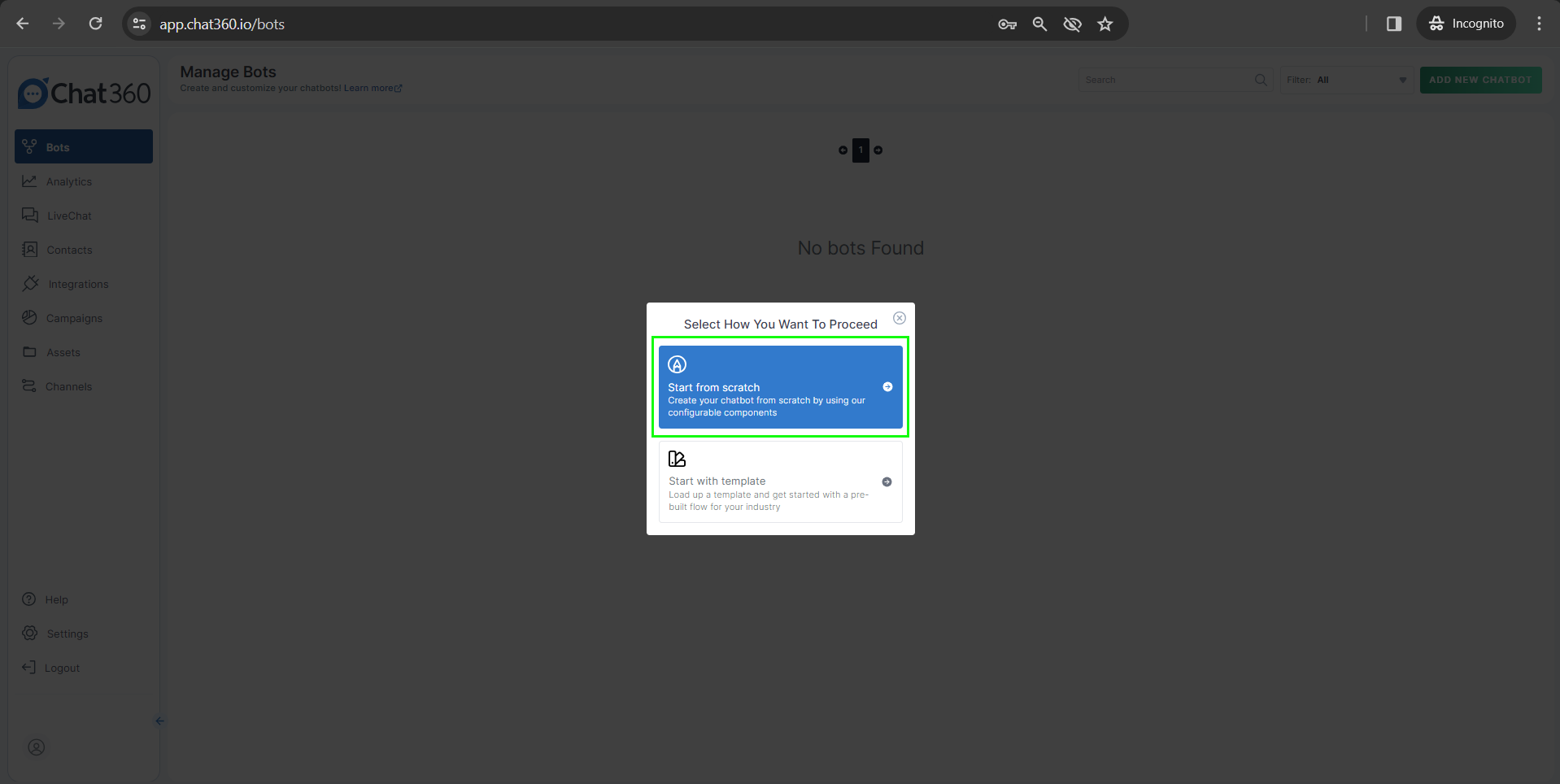

 5. Publish the Website Chatbot and Integrate:
Put your website URL in the text area under Chat Widget Configuration and click on Publish, you’ll get a code. Copy & Paste this code under the header of your website.
5. Publish the Website Chatbot and Integrate:
Put your website URL in the text area under Chat Widget Configuration and click on Publish, you’ll get a code. Copy & Paste this code under the header of your website.
 Note: You might need a developers assistance for integrating this code in the backend of your website.
Note: You might need a developers assistance for integrating this code in the backend of your website.
